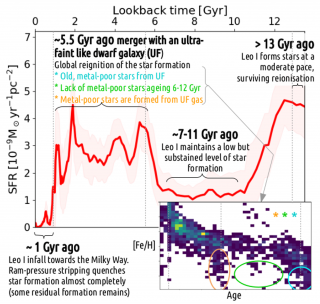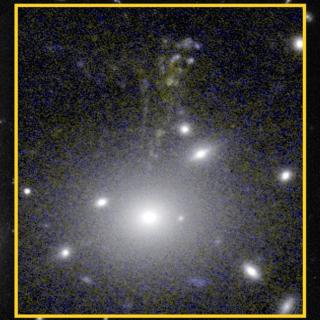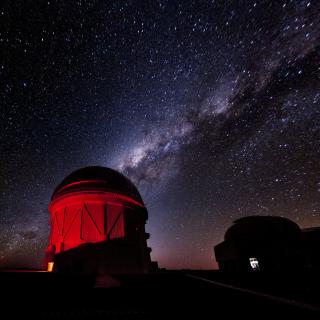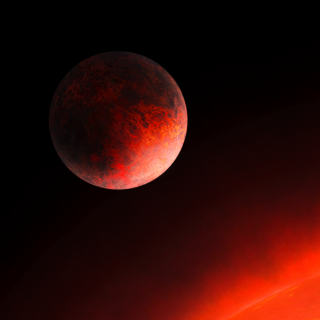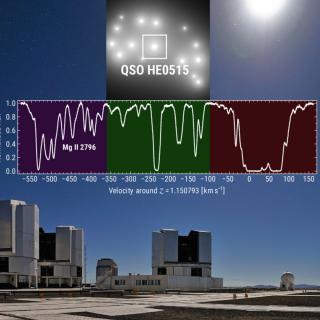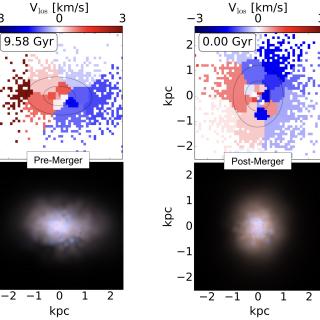
In the current cosmological model, galaxies are formed in a hierarchical way, by merging with each other. These mergers can lead to kinematic anomalies that can be used to shed light onto the formation history of the galaxy. However, it is important to be able to distinguish whether these anomalies are an unambiguous signal of a past merger or if they can originate from different processes . One of these kinematic anomalies is prolate rotation. A galaxy shows prolate rotation if it rotates around its major axis. This kinematic characteristic is relatively frequent in massive galaxies and it
Advertised on
